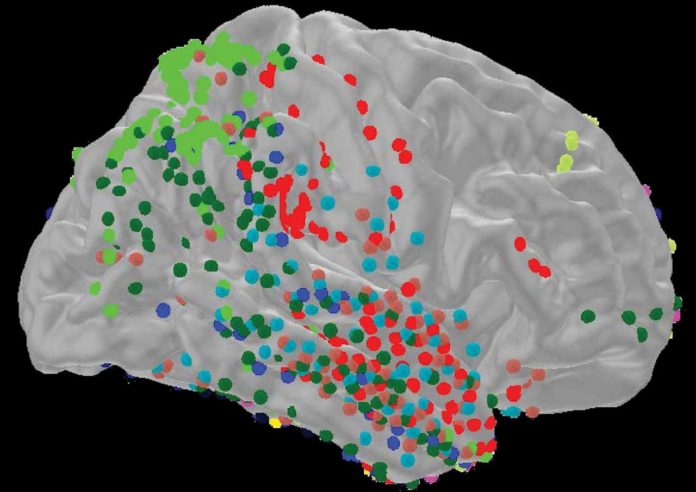A new study set out to determine whether a theory called predictive coding can be applied to how our brains remember past experiences, known as episodic memories.
A set of high-frequency brain waves discovered by scientists at the National Institutes of Health. These brain waves are believed to help us spot the difference between the past and the present.
Kareem Zaghloul, M.D., Ph.D., principal investigator at the NIH’s National Institute of Neurological Disorders and Stroke (NINDS), said, “Our results suggest that every experience we store into memory can be used to set our expectations and predictions for the future.”
“This study shows how the brain uses certain neural activity patterns to compare our expectations with the present. Ultimately, we hope that these results will help us better understand how the brain portrays reality under healthy and disease conditions.”
The theory called predictive coding suggests that the brain optimizes neural activity for processing information. It means the brain uses more neural activity to process new information than it does for things that we are familiar with.”
The study involved 14 patients with drug-resistant types of epilepsy whose brains had been surgically implanted with grids of electrodes as part of an NIH Clinical Center trial aimed at diagnosing and treating their seizures.
Scientists have shown a series of four natural scenes to patients on a computer screen during the experiment. One of the scenes was of a brown bicycle leaning upright on a kickstand in front of a green bush. A few seconds later, they were shown a new set of images and asked whether they recognized the scene or noticed something different. Some images were the same as before, while others were slightly modified by adding or removing something, such as a red bird, from the scene.
On average, the patients successfully recognized 88% of the repeat scenes, 68% of scenes missing something, and 65% of the ones in which something was added. In each case, it took them about two and a half seconds to notice.
Further analysis of a subset of the patients showed that they successfully located 82% of additions and 70% of removals. Curiously, their eyes often fixated (83%) on additions but barely at all (34%) on areas in the scene where something was removed.
Dr. Zaghloul said, “Overall, these results suggest it takes just one moment to not only remember a new experience but also to use memories of that experience to set future expectations.”
Electrical recordings revealed differences in brain wave activity between the times the patients successfully remembered repeat scenes and how they spotted changes to a scene. In both situations, the appearance of a scene on the computer screen triggered a rise in the strength of high-frequency waves of neural activity in the lateral occipital cortex, a visual processing center in the back of the brain. The surge flowed forward, arriving a few milliseconds later at a memory center called the medial temporal lobe.
In addition, in both situations, the patients’ brains appeared to replay neural activity patterns observed when they first witnessed the scenes.
Rafi Haque, an M.D., a Ph.D. student at Emory University School of Medicine, Atlanta, said, “These results support the idea that memories of visual experiences follow a certain pathway in the brain.”
Dr. Zaghloul reported, “Our data support the idea that our expectations of visual experiences are controlled by a feedback loop between the visual cortex and the medial temporal lobe. High-frequency waves of neural activity appear to carry an error message when we see something that does not match our expectations, while the lower frequency waves may be updating our memories.”
Journal Reference:
- Haque, R.U., Inati, S.K., Levey, A.I., et al. Feedforward prediction error signals during episodic memory retrieval. Nat Commun 11, 6075 (2020). DOI: 10.1038/s41467-020-19828-0
